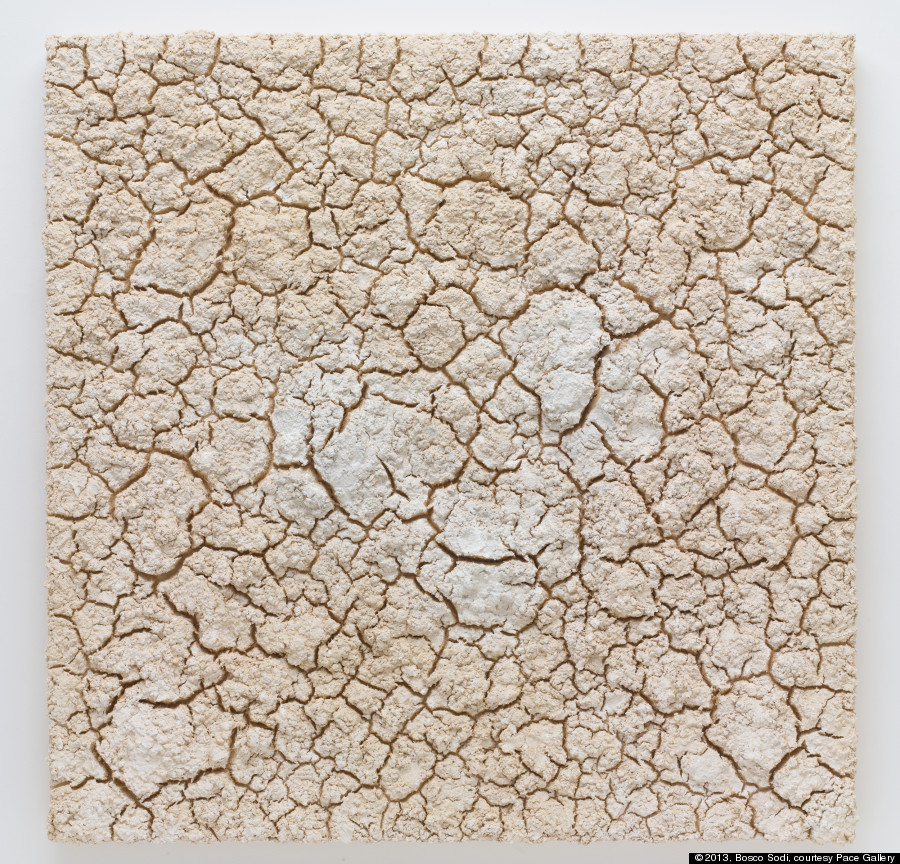Art doesnât have to be perfectâ¦
When we look at a painting, most of us try to find patterns, organize the idea in our mind, and give a structure to lines and colors. In many art schools, children are taught to follow specific rules while painting; create a mental image, and then carry it over onto the piece of paper as accurately as possible.
Recently more and more professional painters use the idea of unpredictable and uncontrolled imperfections, which is a foundational belief of Wabi-sabi. Wabi-sabi is an ancient Japanese philosophy that admires nature and focuses on acceptance of imperfections in the world. By utilizing this organic way of painting, an artist brings people’s focus to the impermanence of human nature. Because Wabi-sabi philosophy requires artists to let go of limitations and restrictions while creating a piece of art, each line or color remains without any corrections.
Certainly it is harder to apply Wabi-sabi philosophy to such styles as Modernism and Surrealism but Impressionism and Abstract styles can gain freedom from practicing it. (Traditional Modernism and Surrealism require precision and vigilance in choosing colors, creating shapes, and employing styles of brushwork. On the other hand, abstract styles make it easier to blend colors and highlight imperfections of lines and shapes.)
Bosco Sodi is one of the artists who incorporate the idea of Wabi-sabi philosophy in his creative pieces. He uses a wide variety of pigments, sawdust, and other materials to demonstrate the beauty of impermanence and imperfections. By vigilant experimentation, Bosco Sodi discovers new ways in which pigments react to different materials. Using the Japanese worldview of Wabi-sabi philosophy in paintings is a unique way to celebrate the beauty of the moment and freedom of expression.
An example of Bodi Sodi’s work. Untitled, 2012. Mixed media on canvas, Bosco Sodi, courtesy Pace Gallery.We support the idea of practicing new styles in art and embracing imperfections. This especially applies to children. Since young people are still learning how to express themselves and still learning how to problem-solve, art is an important vehicle for them to recognize that imperfections can be good, and there are many wonderful ways to express any idea.
